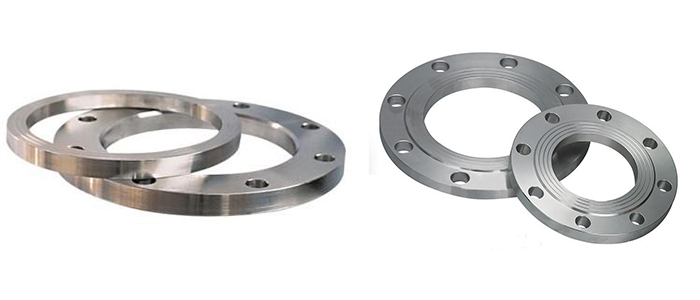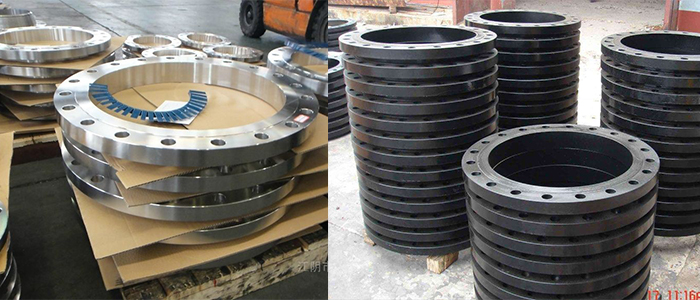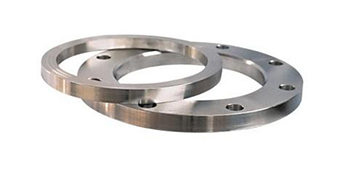Plate flange connection is the two pipes, fittings or equipment, first each fixed on a flange, two flanges, plus flanged pads, bolts fastened together to complete the connection. Some pipe fittings and equipment have their own flange, and also belong to flange connection. Flange connection is an important connection way in pipeline construction. Flange connection is easy to use and can withstand great pressure. Flange connections are widely used in industrial pipelines. In the family, the diameter of the pipe is small, and it is low pressure, so the flange connection is not visible. If in a boiler house or production site, there are flanged pipes and equipment everywhere.

According to different connection modes, there are butt welding flange, socket welding flange, threaded flange, loose flange and sliding sleeve flange.
Flat flange relative to the neck flange, flat flange according to the material can be divided into carbon steel flat flange, stainless steel flat flange and alloy steel plate flange. The flange structure has integral flange and unit flange.
Standard system for flat flanges
1) nominal pressure: 0.25Mpa~42.0Mpa
A, series 1:PN1.0, PN1.6, PN2.0, PN5.0, PN10.0, PN15.0, PN25.0, PN42 (main series)
B, series 2:PN0.25, PN0.6, PN2.5, PN4.0
The 6 flanges of PN0.25, PN0.6, PN1.0, PN1.6, PN2.5, PN4.0 are the European flanges represented by German flanges and the rest of the American flanges represented by American flanges.

This table is intended for estimating purposes only. Applications vary, confirm all dimensions with your engineering department prior to ordering. Refer to ASME B16.5-1996 and B16.1-1989 standard for complete engineering and applications information. All dimensions are in inches unless otherwise noted. Inside diameter and thickness dimensions are application specific. Recommended bolts are 1/8” smaller in diameter than the bolt hole diameters shown.

- Posted by: Metleader
- 2018-07-24



